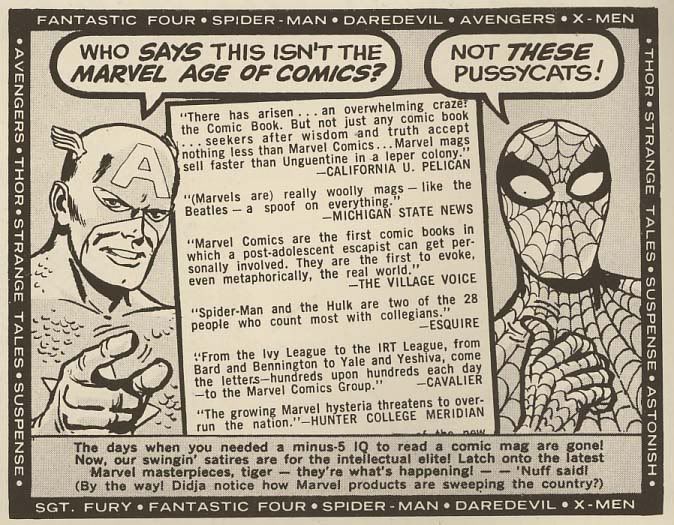Hussar
Legend
Well, sure but there's an element of sarcasm in there too. How exactly do you target D&D marketing to age 30+ crowd? But it in AARPA magazines? Tie-ins with 401(k) and other financial services providers?
I think you're dichotomy between "adults" and "adults, but not adults enough to count for me" is a false one.
My point was that D&D was always marketed to the 25 and younger audience and that was about as far as I wanted to go. When people tell me that earlier editions were marketed to older people, I wasn't thinking the difference between a 17 and a 22 year old. Sure, that's an older person there, but, to me, marketing to an older audience means breaking out of Saturday morning cartoons and comic books.
Heavy Metal magazine would be a good place to look. I had a few HM mags back in the day and more in the 90's, and I don't recall RPG ads in there, but, that's pretty meaningless. How about other venues that appeal to an older audience? Various magazines like Popular Mechanics/ Pop Sci, or places like that? Advertising or TV programing during the evening, or even late night.
Like I said, Vampire had a prime-time (if short lived) TV series. That's marketing to adults, IMO. Dropping pages in the back of Marvel comics is not.

